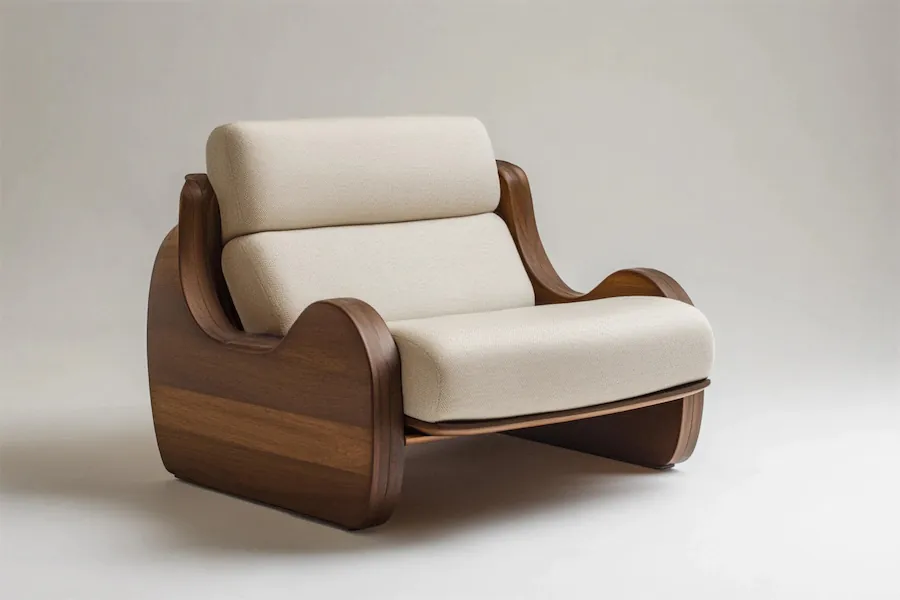Convertible chairs, designed to transform into different forms such as beds or step stools, have a rich history and continue to be valued for their versatility and space-saving benefits. This article explores their history, key features, applications, considerations for selection, and enduring appeal.
History and Origins of Convertible Chairs
The concept of multifunctional furniture dates back centuries, with early examples like the step chair, also known as a ladder chair or Franklin chair. This ingenious design could function both as a chair and a small set of steps, attributed to figures like Benjamin Franklin and Thomas Jefferson.
In the 16th century, tables were among the first pieces of furniture to incorporate mechanical transformations, featuring retractable legs or extensions for versatility. This innovation paved the way for other convertible furniture, including chairs that could serve multiple functions.
By the 19th century, patents for convertible chairs began to emerge, reflecting a growing interest in adaptable furniture solutions. For instance, an 1878 patent described a chair with a base that could switch between rockers and wheels, highlighting the era’s ingenuity in furniture design.
Key Features of Convertible Chairs
Convertible chairs are distinguished by several hallmark characteristics:
- Multifunctionality: Designed to serve multiple purposes, such as transforming from a chair to a bed, step stool, or even an ironing board.
- Space Efficiency: Ideal for small living spaces, they maximize utility without occupying additional room.
- Ease of Transformation: Equipped with mechanisms that allow for quick and straightforward conversion between functions.
- Variety of Designs: Available in numerous styles and materials to suit different aesthetic preferences and functional needs.
Applications of Convertible Chairs
Convertible chairs are versatile and enhance various settings:
- Small Apartments and Studios: Provide seating and sleeping solutions without the need for separate furniture pieces.
- Home Offices: Offer additional seating that can convert into a bed for guests.
- Libraries and Studies: Step chair variants function as both seating and a means to access high shelves.
- Outdoor Spaces: Certain designs are suitable for patios or gardens, offering flexibility in outdoor seating arrangements.
Considerations When Choosing a Convertible Chair
When selecting a convertible chair, consider the following factors:
- Intended Use: Determine the primary and secondary functions you require, such as sleeping, storage, or climbing assistance.
- Comfort and Ergonomics: Ensure the chair provides adequate support in all its configurations.
- Durability and Materials: Opt for high-quality construction and materials to withstand regular transformations and usage.
- Ease of Conversion: Look for designs that allow for seamless and safe transitions between functions.
- Aesthetic Compatibility: Choose a style that complements your existing décor.
Conclusion
From their historical origins to modern innovations, convertible chairs exemplify the blend of functionality and design. Their adaptability makes them a valuable addition to various living spaces, catering to the evolving needs of contemporary lifestyles.
